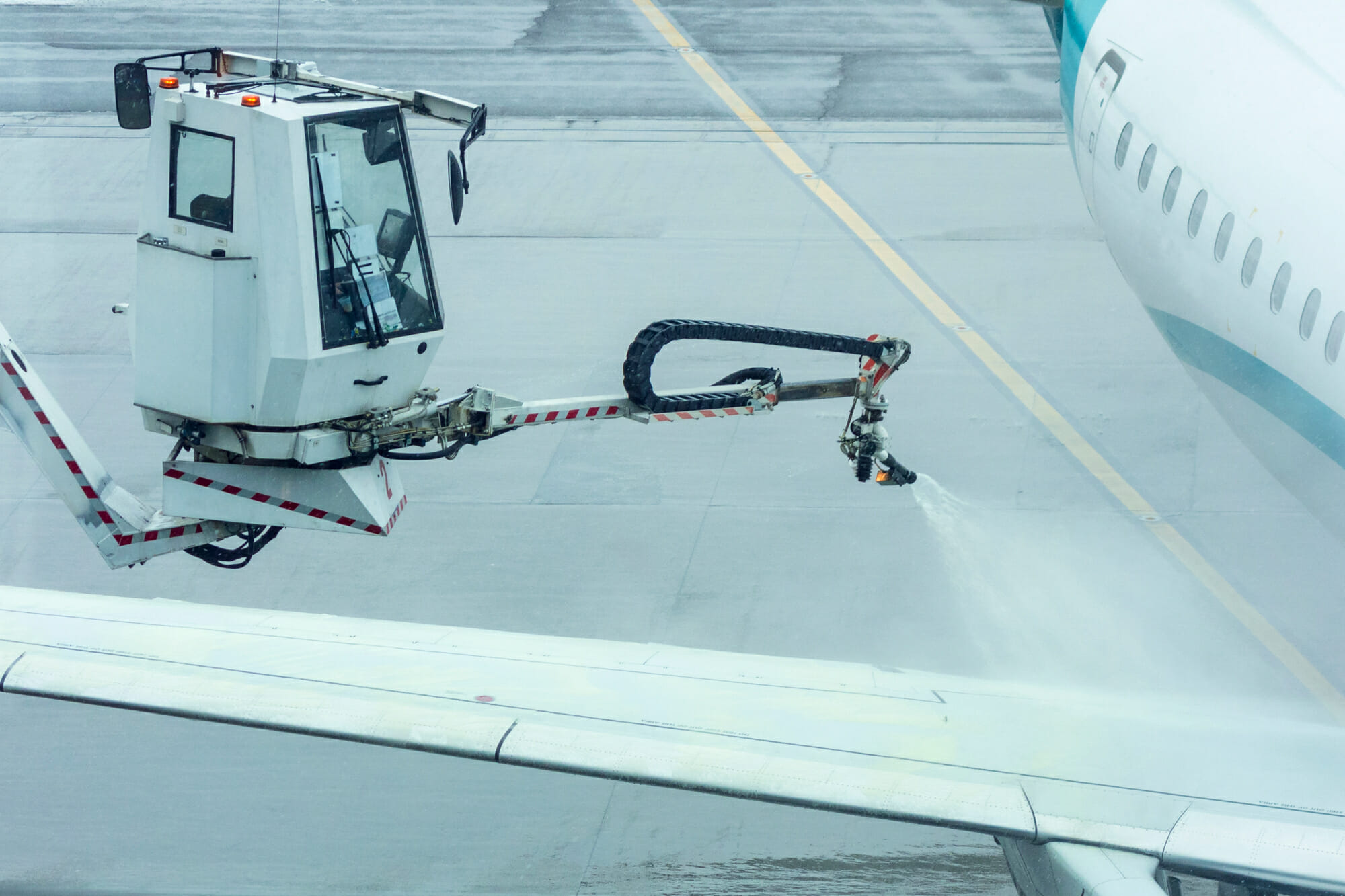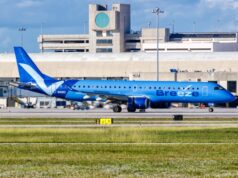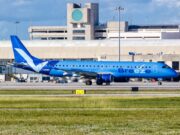
We are all too familiar with frost as a pesky winter phenomenon. Though we normally view it as an inconvenience that must be scraped off our windshields before beginning our morning commute, it can be a much bigger headache for aviation operations.
Frost forms when water vapor sublimates directly into ice crystals on an exposed surface. The conditions that most commonly result in frost are clear nights, humid air, and little to no wind. Known as radiation frost, this type forms as a result of terrestrial radiation. After the sun sets, land releases heat as it cools. On calm, clear nights, a small temperature inversion is created just a few feet above the ground as warmth is radiated from the ground into the atmosphere. The air just above the ground is cooled, and if it reaches its dew point, moisture will leave its vapor state and become either a liquid (dew) or a solid (frost) on exposed surfaces. If the dew point of the air is below freezing, and the temperature of the exposed surface is at or below the dew point, the result will be frost. Technically, it is not the dew point that matters when we discuss frost, but the frost point. Located between 0°C and the dew point, the frost point is the temperature at which the water vapor will sublimate. However, the frost point is not reported in ATIS/METAR reports (and the difference between the two is often quite negligible), so we will continue to reference the dew point temperature.
Why are calm, clear nights so crucial to the formation of frost? When clouds are present, they act as an insulator and restrict the ability of the heat leaving the earth to enter the atmosphere. A clear night allows the warmth to radiate into the atmosphere and create a small temperature inversion near the ground. Similarly, winds will cause a mixing of air which will also restrict any temperature inversion from forming.
It is important to note that you can watch frost form outside on exposed surfaces, such as grass, even though the outside temperature is above freezing. We can attribute this to the small temperature inversion located just a few feet above the ground. While the air outside can be a few degrees above freezing, the temperature of the air just above the ground can be below freezing resulting in frost on the grass.

Frost forms on airplanes in much the same way it forms on our cars. If the dew point of the air is below freezing, and the temperature of the aircraft surface is at or below the dew point, water vapor can sublimate directly onto the aircraft. Frost can also form on an aircraft due to cold-soaked fuel. When fuel in the tank is very cold, it may reduce the temperature of the aircraft wing surface and the air surrounding it. If the air contains enough water vapor, it can sublimate onto the aircraft surface.
Despite its relatively innocent appearance, frost has major implications on aviation operations. On a microscopic level, frost is rough and will disrupt the smooth airflow over aircraft surfaces. A very thin layer of frost on an aircraft can increase the stall speed by 5-10% and greatly increase drag. While it may be hard to tell just how degraded your aircraft’s performance will be, it is guaranteed to be affected. You may be able to get the aircraft airborne (which is by no means a sure bet) but stall once attempting to leave ground effect. Or you may be able to leave ground effect but, due to the increased stall speed, find yourself unable to maneuver the airplane. The only way to ensure that frost won’t affect your aircraft in flight is to remove it before takeoff. Understanding when you are in an environment that is conducive to frost formation is key to safety during winter operations. For aircraft receiving de-ice and anti-ice treatments, active frost becomes a threat once again after published holdover times are exceeded. Even without falling precipitation, frost may begin to re-form on critical aircraft surfaces.
As we head into more winter weather, be sure that an understanding of frost and its associated threats stays fresh in your mind.









































































